Cutting the cord: Wireless virtual reality dominates at GDC 2017
Analysis: Virtual reality breaks free, and there's no turning back
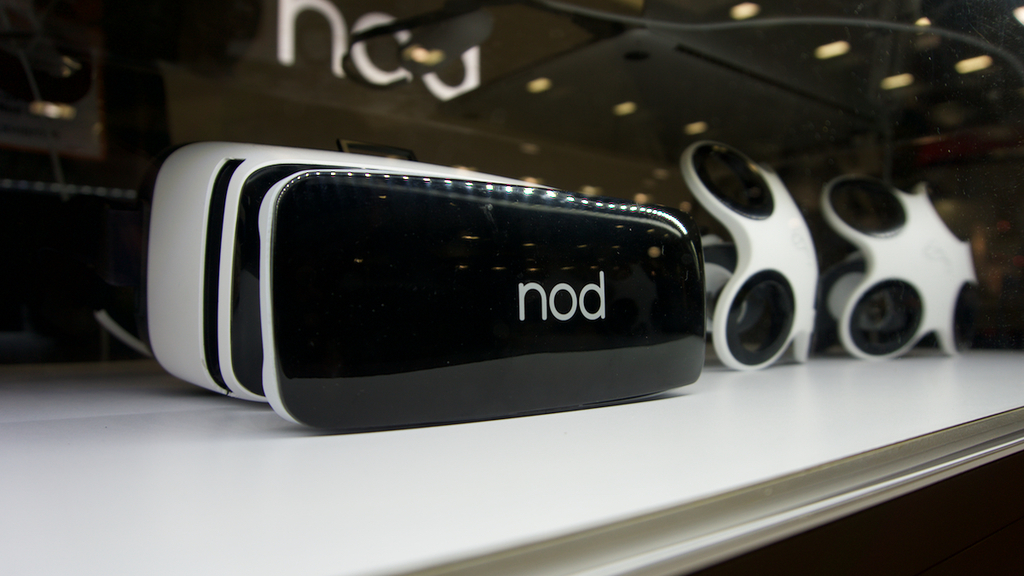
There is a movement taking place in virtual reality that's apparent when you walk the floors of GDC 2017 and speak with company executives, developers and hardware manufacturers.
What change is in the air? It's a turning away from tethered VR, a burgeoning effort to break free from the cords that bind players to PCs.
It's no secret people want wireless virtual reality; even major headset makers like Oculus know losing the tether is key to VR's long-term success.
But now that some of the shine has worn off Oculus Rift and HTC Vive, it seems everyone is looking at what's next for VR. What's next, at least as on display at this year's Game Developers Conference, is wireless.
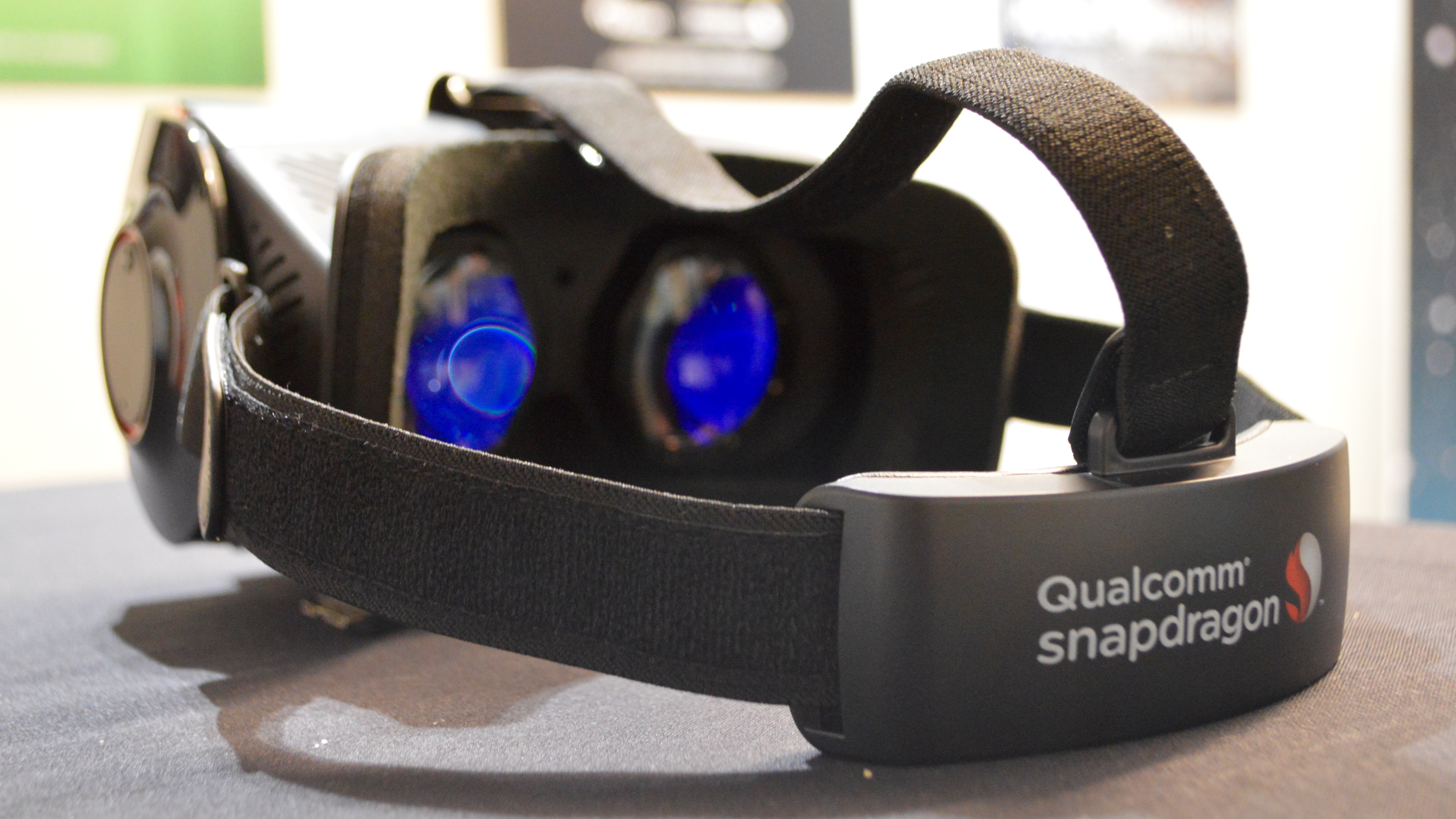
The biggest name we saw waving the wireless flag was Qualcomm. For the chip giant, VR is meant to be a mobile experience in the truest sense of the word.
Qualcomm showed off its Snapdragon 835 VR Developer Kit headset, an all-in-one, tetherless device that also brings your hands into VR without gloves or controllers.
While not intended for consumer sale, the Snapdragon 835 headset will serve as a reference design for head-mounted display manufacturers who want to create similar wireless systems of their own.
Sign up for breaking news, reviews, opinion, top tech deals, and more.
What's more, the kit will allow developers to create more content for devices such as the Google Daydream View and Samsung Gear VR, which in turn will help foster a stronger ecosystem for mobile VR overall.
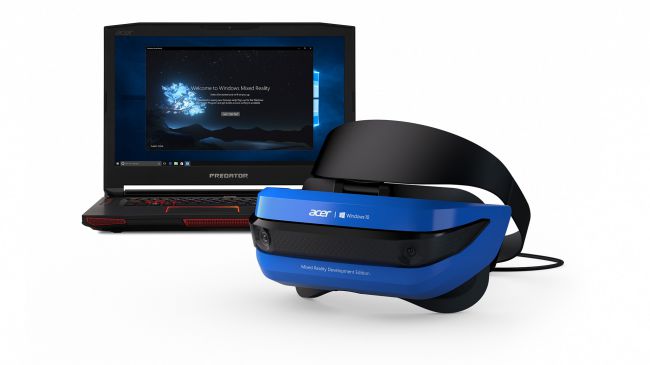
This stands in contrast to Microsoft's Windows 10 mixed reality headsets, set to start shipping to developers this month. These require hooking up to a Windows 10 PC to run, however Microsoft isn't letting the wire-free revolution pass it by; its HoloLens viewer is already cordless.
And though the Oculus Rift requires a PC line, we know the Facebook-owned firm is currently working on a wireless headset codenamed Santa Cruz. Might the Rift and Touch controllers price drop Oculus announced this week be in anticipation of a cheaper mobile headset hitting the market someday soon?
To be more cynical, perhaps the lowered price is a response to less-than-encouraging Oculus Rift sales, which could be a balk against high-end, tethered VR in general. Though we don't know Rift sales numbers because none have been released, we do know 200 Oculus Rift demo stations were shut down in Best Buy stores as foot traffic sharply decreased after the holidays.
Perhaps for Oculus and others, like HTC Vive, their wireless hand will be forced whether they're ready or not.
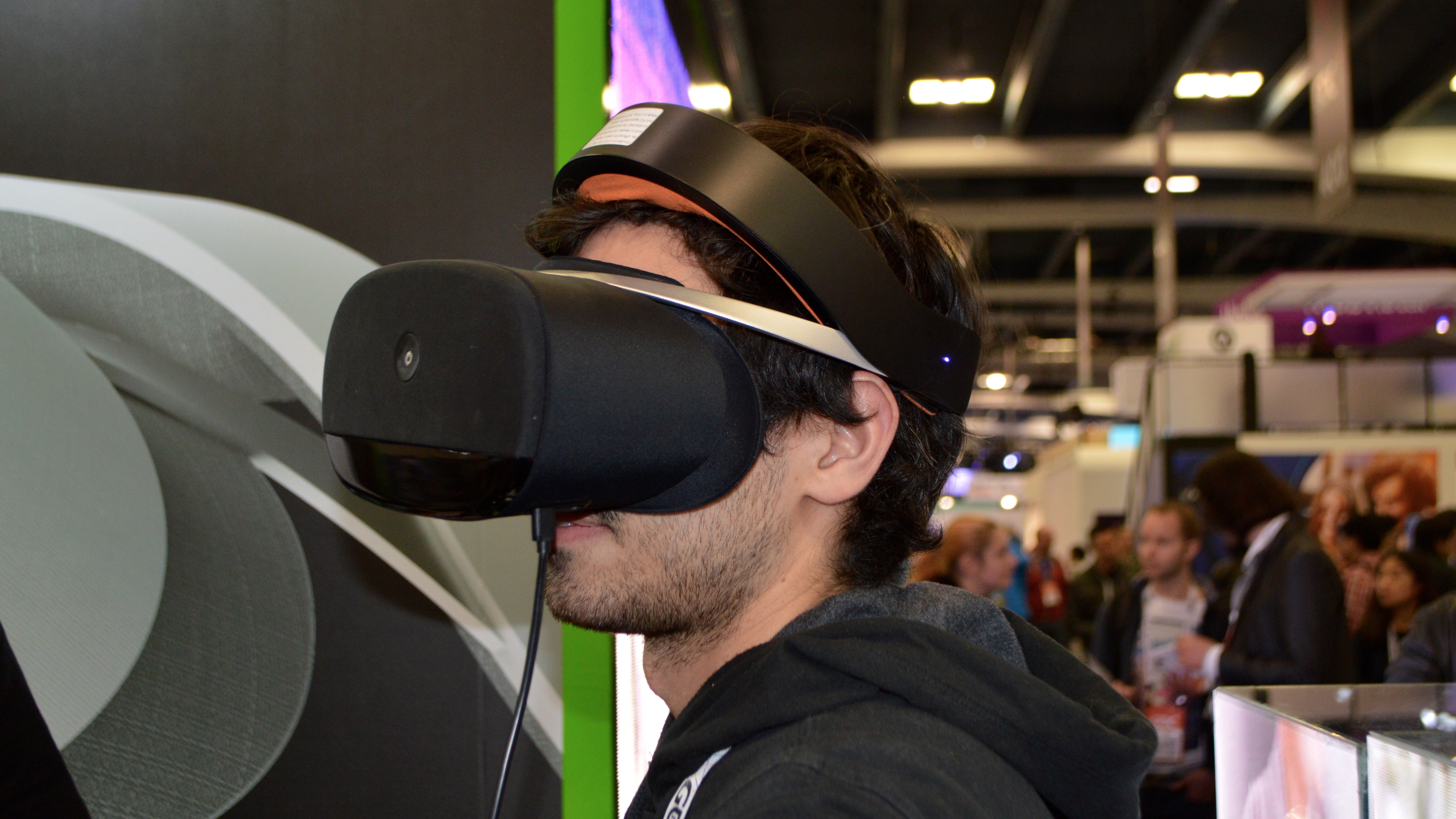
While some big names are wading into the wireless waters – or, in the case of Qualcomm, diving in head first – no more evidence was needed that VR is breaking free of wires than the stalls of smaller companies occupying the GDC show floor.
We counted at least a half dozen headsets on display from lesser-known firms, all of which were wire-free and most were all-in-one. No devices were as refined as the Rift or Vive, and the amount and quality of content available on them is questionable, but the overwhelming presence of so many wireless headsets indicates this is where the industry is headed, or at least where many would like to see it go.
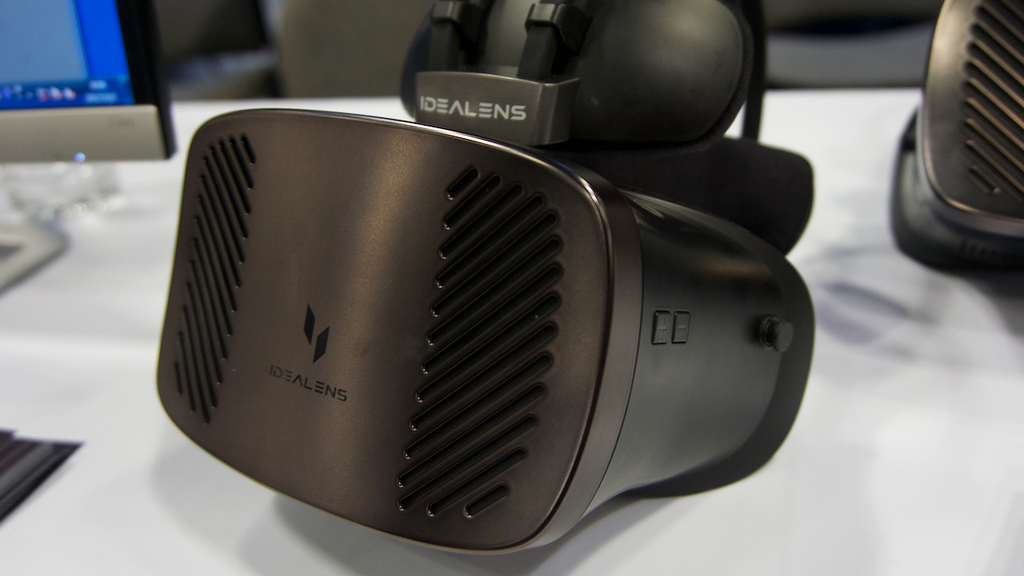
Of course, the barrier to create these headsets is lower than those running on PC, and the experiences won't compare to headsets hooked up to powerful GPUs. That's one of the biggest trade-offs: freedom of movement or insanely good graphics? Take your pick.
It's the early days for wireless VR, and tethered systems have the benefit of being on the market for longer and offering undeniably great experiences. With new devices like the LG SteamVR headset poking their head out, it's unlikely tethered virtual reality is over yet.
Still, it's impossible to ignore the groundswell of wireless headsets. There's no doubt the tethered players have taken notice, too.
- Read next: Virtual reality is not dead

Michelle was previously a news editor at TechRadar, leading consumer tech news and reviews. Michelle is now a Content Strategist at Facebook. A versatile, highly effective content writer and skilled editor with a keen eye for detail, Michelle is a collaborative problem solver and covered everything from smartwatches and microprocessors to VR and self-driving cars.